{{ post.title }}
{{ post.excerpt }}
Read full storyM7.1 – Probability-May-Might-Could – 1
In our introductory Verbs-Modals probability lesson we begin by introducing the concept of possibility (i.e. might/may if less certain and is if certain). We then quantify the concept of certainty with probability (i.e. we use may/might when we are 0-50% certain). We then introduce the negative form of may/might and finalize the lesson by introducing could for present and future possibilities (be careful here to make the distinction between could used as a Modal Verb and could used as the past tense of can):
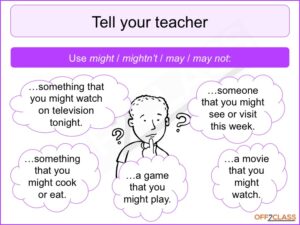
M7.2 – Probability-May-Might-Could-Must – 2
In our second Verbs-Modals probability lesson we introduce the concept of must (95% certainty). We also introduce the concept of can’t/couldn’t (99% sure something can’t/couldn’t occur). After introducing the negative form of must (mustn’t) we provide ample exercises mixing up all the probability modals covered including their negative forms:
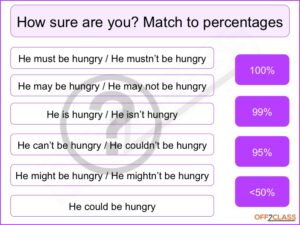
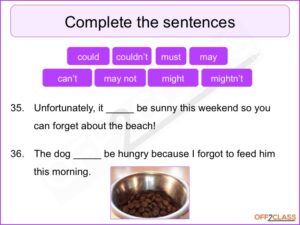
M7.3 – Probability-MayHave-MightHave-CouldHave – 3
In the third lesson of our Verbs-Modals probability series, we introduce may have, might have and could have as the past form of may/might/could modals. It’s also worth noting that these modal constructions take a Verb 3 form (e.g. he may have been asleep).
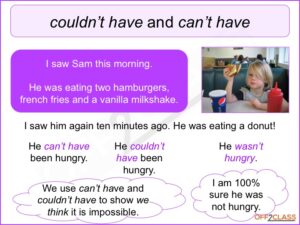
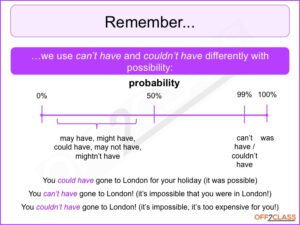
M7.4 – Probability-Must-Have – 4
In our fourth lesson we take a further look at all probability modals in the past. We take a further look at the distinction of must have/mustn’t have and can’t have/couldn’t have (can’t have/couldn’t have show a higher degree of certainty). We then provide ample exercises reviewing all the probability modals in the past:
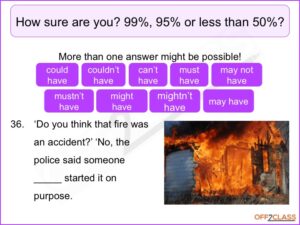
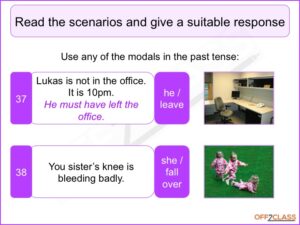
M7.5 – Probability-May-Might-Could-Should-OughtTo – 5
In our fifth Verbs Modals, probability lesson we focus on expressing probability in the future. To express probability in the future we use (in order of certainty): will, should, ought to, may, might, could, won’t:
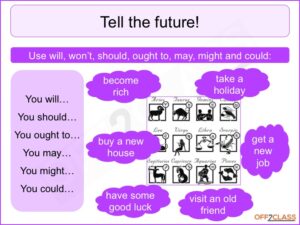
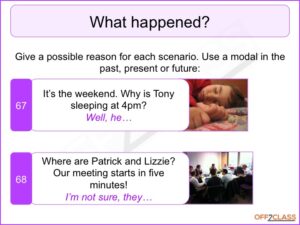
M7.6 – Probability-Use-With-Continuous-Tenses – 6
The focus of this lesson is to introduce the construction, that modals to express probability can also be used with continuous tenses (e.g. she may be sleeping). We also introduce the use of might be / may be for expressing possible plans (e.g. I might be going to Spain next year):


5 Comments
Adriana says:
March 7, 2021 at 7:59 pm
I really enjoy your explanation. Thank you so much.
Chris says:
March 9, 2021 at 6:27 am
Glad to hear that, Adriana!
Ulbert Nolasco says:
November 21, 2022 at 4:43 pm
Wow!! I loved your explanation, I teach EFL to students of small villages here in Mexico, and this explanation helped them to understand the way we use these modals, thanks a bunch Chirs!!!!!!!!!
Christine Chan says:
November 22, 2022 at 4:30 pm
Thanks Ulbert — we’re so glad to hear that you’re enjoying the content!